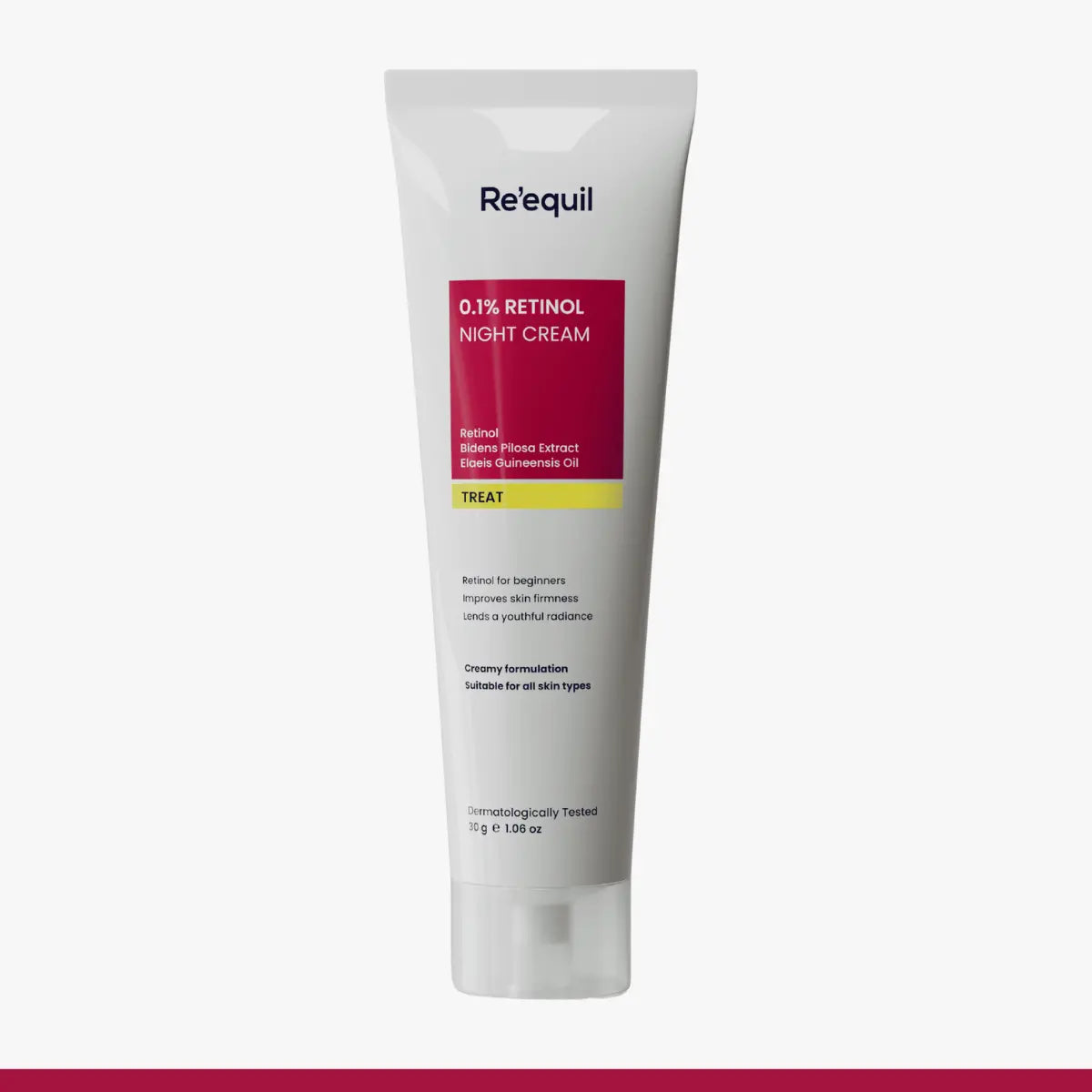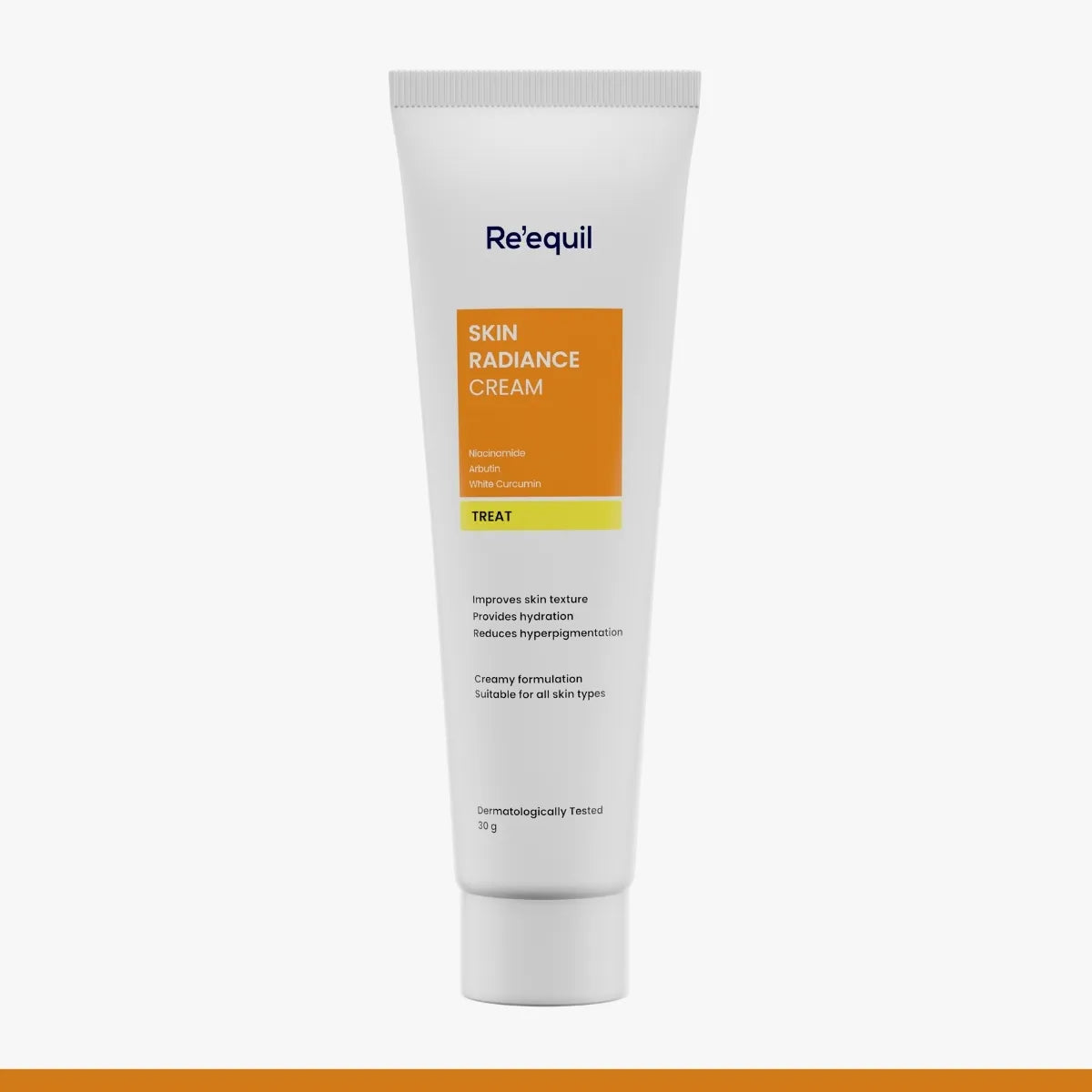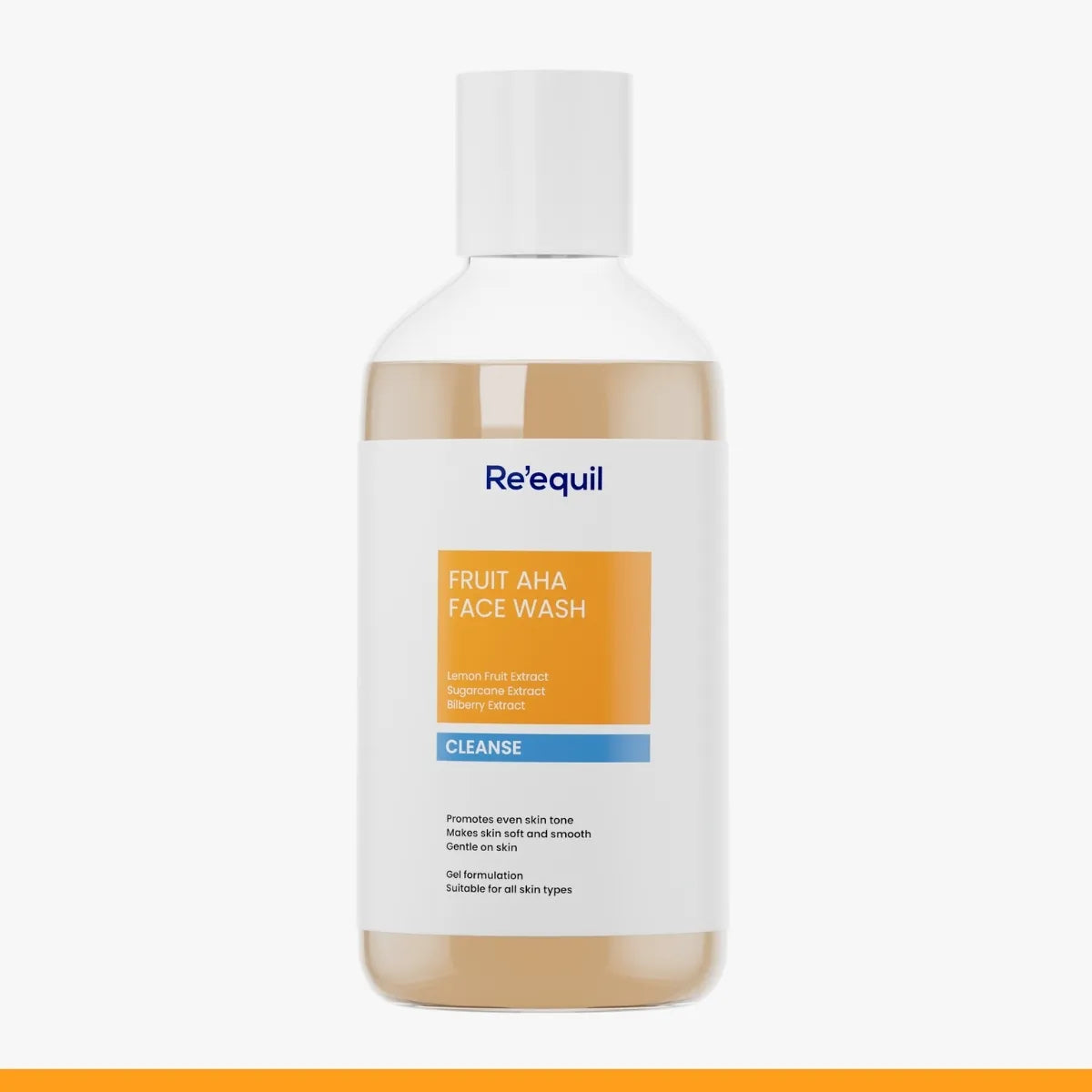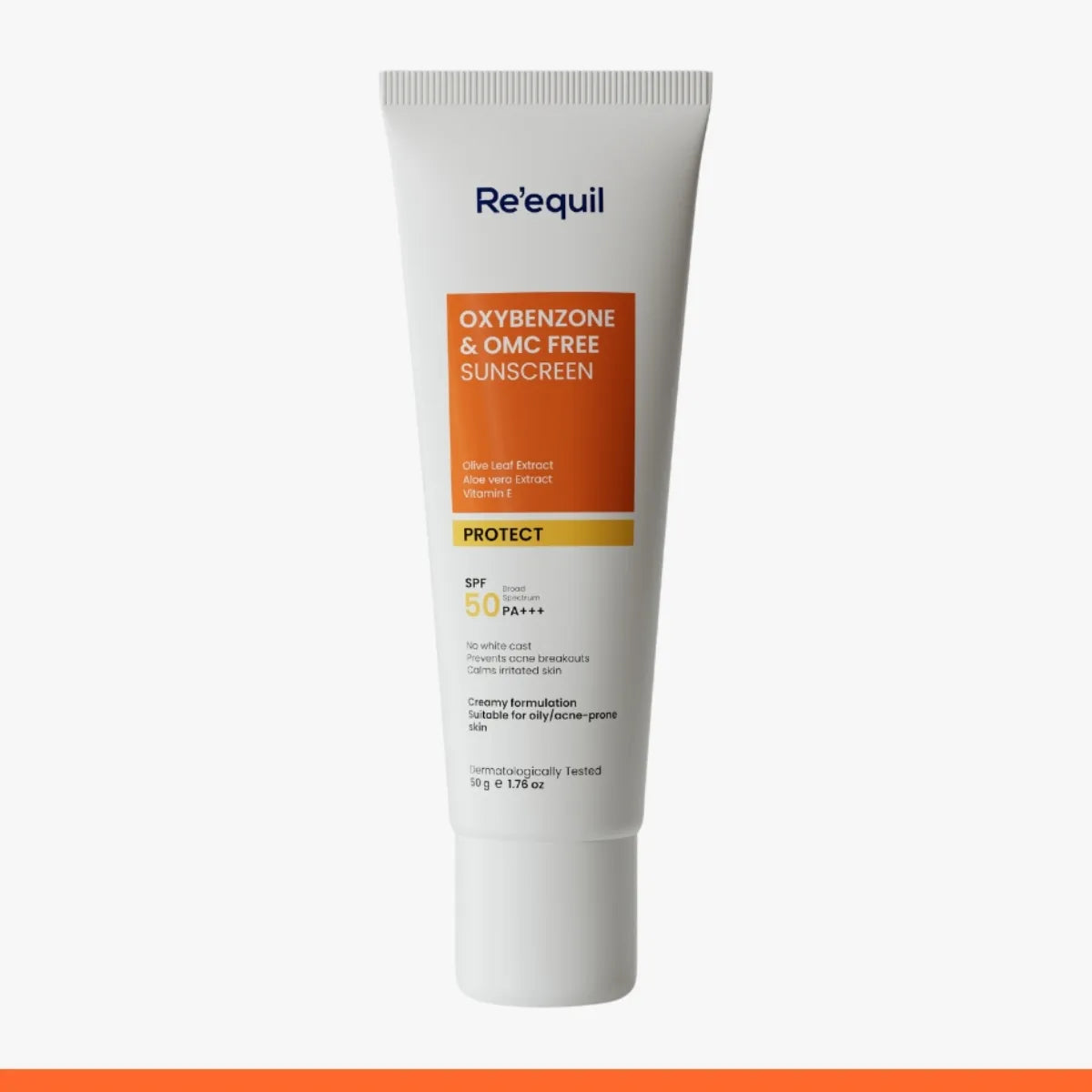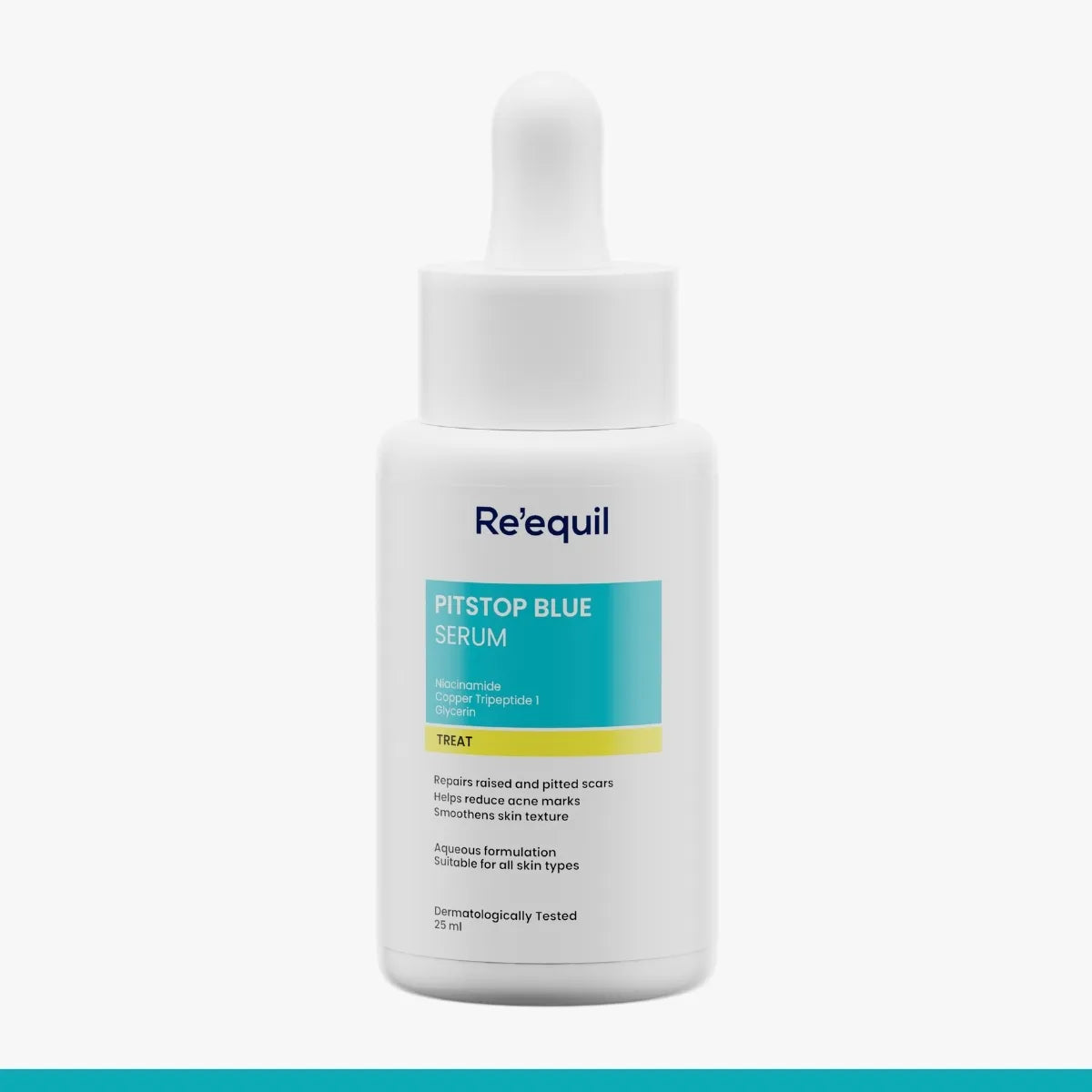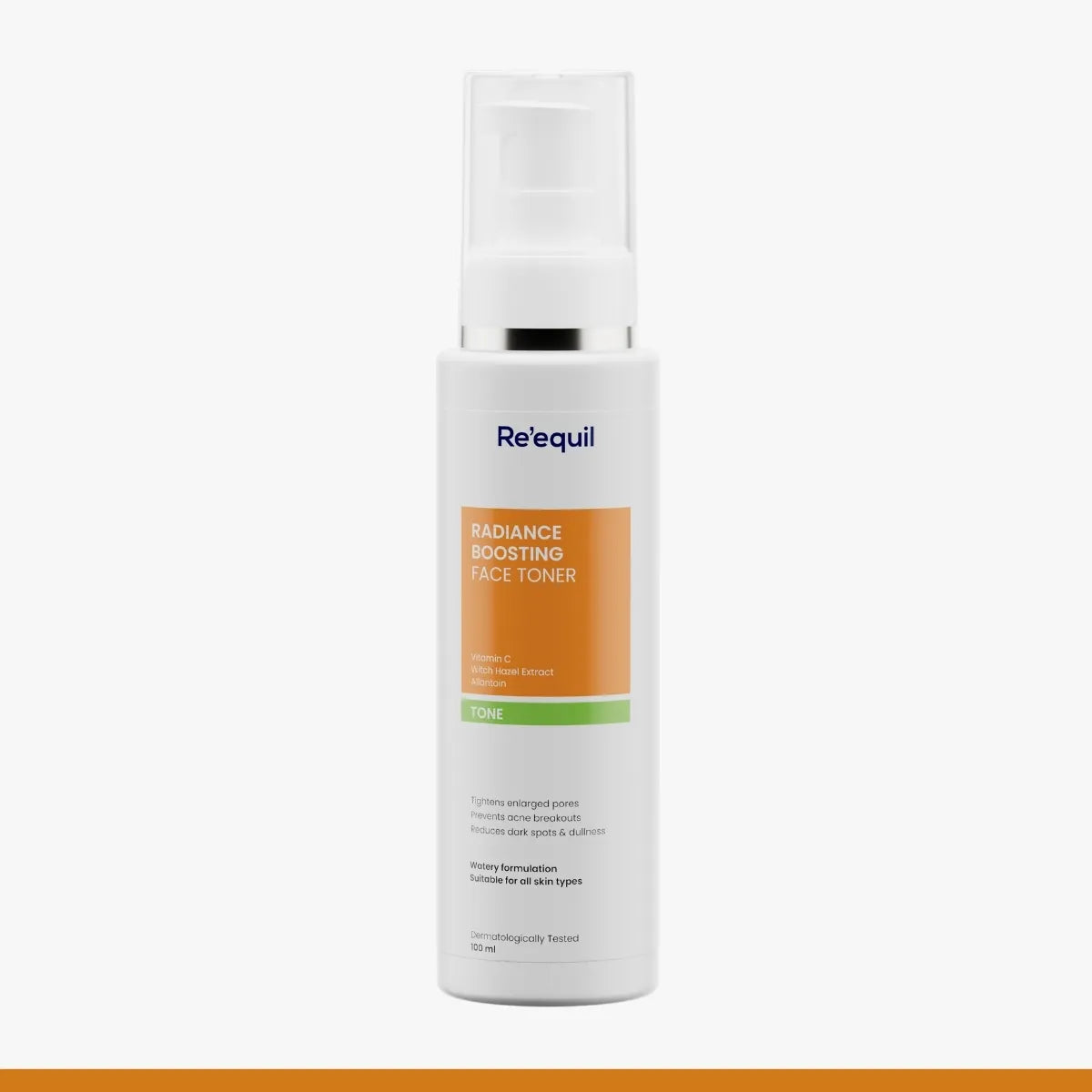Vitamin C is a potent antioxidant that imparts certain benefits like neutralizing free radicals, repairing damaged cells, stimulating collagen production, and protecting the skin against harmful pollutants.
But, did you know that adding vitamin C with certain skincare ingredients can be detrimental for your skin?
All the ingredients in your creams, masks, and serums must complement each other for the best results.
Mixing and layering ingredients without knowing how they work and interact with one another may cancel out each other, rendering them useless. Or worse, causing skin dryness and irritation.
Here is a guide on vitamin C dos and don'ts to get the desired results.
Skincare ingredients not to mix with vitamin C
AHAs and BHAs
Vitamin C, AHAs (glycolic acid), and BHAs (salicylic acid) are acidic in nature. Layering them together can lower the skin's pH, making it more acidic. When skin pH goes off balance, it becomes a recipe for skin irritation, redness, and peeling.
To add to this, it is crucial to understand that the right pH balance of the skin helps to maintain barrier functions, which in turn provide healthy and hydrated skin.

Retinol
Can you use vitamin C and retinol at the same time? The answer is yes, and no.
It depends on at what time you are using these. Both are very potent skincare ingredients for anti-ageing. They reduce hyperpigmentation and promote collagen production for smoother, hydrated skin. These two wonder ingredients fight wrinkles for youthful and glowing skin.
But mixing these two can create havoc on your skin because -
L-ascorbic acid (vitamin C) – Vitamin C is water-soluble. It will only dissolve in water.
Retinol – Retinol is oil-soluble. It will only dissolve in oil.
Oil-soluble and water-soluble products don’t mix, just like oil and water don’t mix. Adding vitamin C to retinol results in the non-absorption of vitamin C, thus no skin benefits. In addition, it might also cause adverse reactions such as skin itchiness, redness, and irritation.
It is best to use retinol for the PM regimen and vitamin C for the AM regimen. Also, use an SPF to prevent sun sensitivity.
READ - How to use Vitamin C and Retinol together
Skincare ingredients that pair well with vitamin C
Combining vitamin C and other A-lister ingredients brings out the best in your skin.
Vitamin E
Vitamin C and E are potent antioxidants, shielding the skin against UV rays and radiation. Combining both ingredients provides double ammunition to neutralize free radical damage.
It boosts efficiency and results in the skin because they fight different types of UV damage. You can also layer them under your sunscreen for more protection.
Hyaluronic acid
Hyaluronic acid and Vitamin C when paired together can become even stronger. These ingredients have the ability to provide instant and long-lasting results.
Hyaluronic acid draws in moisture to keep the skin hydrated. It is a naturally occurring chemical in the body that moisturizes skin, speeds wound healing, and replenishes cell moisture. It has a neutral pH value which ranges from 5.0 to 8.0.
At the same time the skin has a pH value of 4.5 to 6.2, making it a perfect ingredient for any skin type. Vitamin C on the other hand is a highly effective antioxidant.
Layering vitamin C and hyaluronic acid blocks any potential irritation and dryness. It results in hydrated, rejuvenated, glowing skin, free from radical damage. In addition, it helps in protecting skin from sun damage and can help fade skin discoloration.
Niacinamide (vitamin B3)
Niacinamide, also known as vitamin B3, helps to prevent signs of ageing, improve pore appearance, and treat acne and hyperpigmentation.
On the other hand, vitamin C shields against UV damage and increases collagen production to prevent wrinkles. Together with vitamin C, they work perfectly to brighten skin, and improve wrinkles, and skin tightness.
Some forms of vitamin C such as Sodium Ascorbyl Phosphate complement niacinamide well because they share the same pH value.
Niacinamide boasts incredible benefits including strengthening the skin barrier and healing acne by balancing sebum production. It also makes pores look smaller by reducing the amount of oil produced by oily skin.
However, when mixing niacinamide and other vitamin C forms like Ethyl Ascorbic acid and L- Ascorbic Acid, be sure to leave 10-15 minutes between the applications.
Wrapping Up
Vitamin C is a powerhouse in your skincare routine for the best-looking skin. It firms skin, reduces black spots and improves collagen production for youthful skin.
Understanding how to mix and layer vitamin C with other A-lister ingredients is crucial for getting desired results. Check the ingredient combinations on the labels when buying skin products to get the best results without any hassle.
